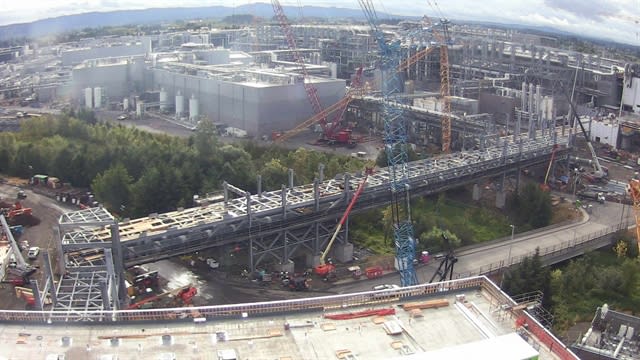bobo60
Automotive
- Nov 1, 2006
- 6
hi,
ive heard of "closed driveshafts" that were used on early 40-50's american cars, but never had the oppertunity to actually see or work on one. i beleive the actual driveshaft is inside a torque tube. how do u get to the u-joints to remove the shaft, and what is the purpose of the tube?
thank you,
bob
ive heard of "closed driveshafts" that were used on early 40-50's american cars, but never had the oppertunity to actually see or work on one. i beleive the actual driveshaft is inside a torque tube. how do u get to the u-joints to remove the shaft, and what is the purpose of the tube?
thank you,
bob




